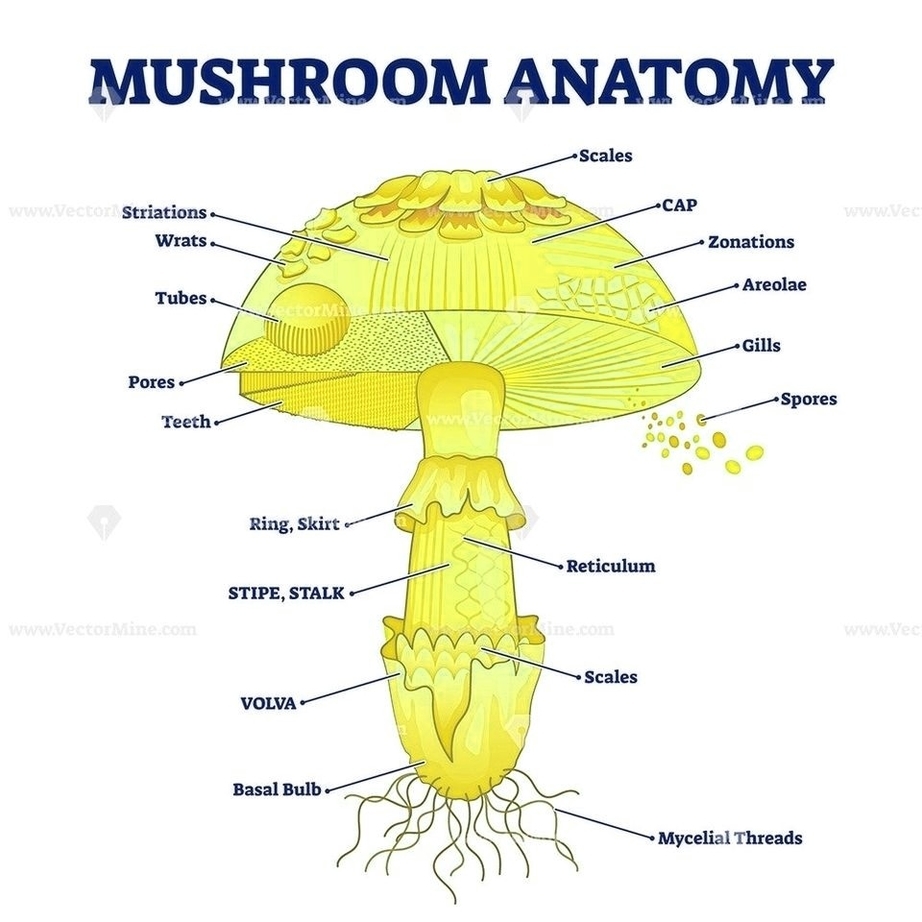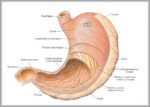The human skeleton, an intricate internal framework, serves as the architectural basis for our bodies. Comprising numerous individual bones and cartilages, it provides structural support, protection, and facilitates movement. Let’s delve into the fascinating details of this remarkable system.
## Axial Skeleton: The Core Support
1. Vertebral Column (Spine):
– The vertebral column, akin to the notochord in lower organisms, forms the central axis of the axial skeleton. It consists of 33 vertebrae, grouped into five regions: cervical, thoracic, lumbar, sacral, and coccygeal.
– These vertebrae encase and protect the delicate spinal cord, allowing us to stand upright and maintain posture.
– Intervertebral discs cushion the vertebrae, absorbing shocks and enabling flexibility.
2. Skull:
– The skull houses the brain, sensory organs, and the intricate cranial nerves.
– It comprises 22 bones, including the cranium (protecting the brain) and facial bones (forming the eye sockets, nasal cavity, and jaw).
– The hyoid bone, part of the visceral subdivision, supports the tongue and aids in swallowing.
3. Thorax:
– The rib cage safeguards vital organs such as the heart and lungs.
– Twelve pairs of ribs articulate with the thoracic vertebrae, forming the rib cage.
– The sternum (breastbone) connects the ribs anteriorly.
## Appendicular Skeleton: Mobility and Functionality
1. Upper Limbs:
– The pectoral girdle (shoulder) consists of the clavicle (collarbone) and scapula (shoulder blade).
– The humerus, radius, and ulna form the arm and forearm.
– The carpals, metacarpals, and phalanges constitute the hand.
2. Lower Limbs:
– The pelvic girdle (hip) includes the ilium, ischium, and pubis bones.
– The femur, tibia, and fibula create the thigh and leg.
– The tarsals, metatarsals, and phalanges compose the foot.
3. Functions of the Skeleton:
– Support: The skeleton’s primary role is to provide a sturdy framework for the body.
– Protection: Bones shield delicate organs. For instance, the rib cage guards the heart and lungs.
– Motion: Joints between bones allow movement. Some joints, like the ball-and-socket joint in the hip, offer a wide range of motion.
– Hematopoiesis: Certain bones, such as the sternum and pelvis, produce blood cells.
In summary, the human skeleton, with its intricate interplay of bones, cartilage, ligaments, and tendons, is a marvel of design. It upholds our bodies, safeguards vital organs, and enables graceful movementa silent architect shaping our existence..



